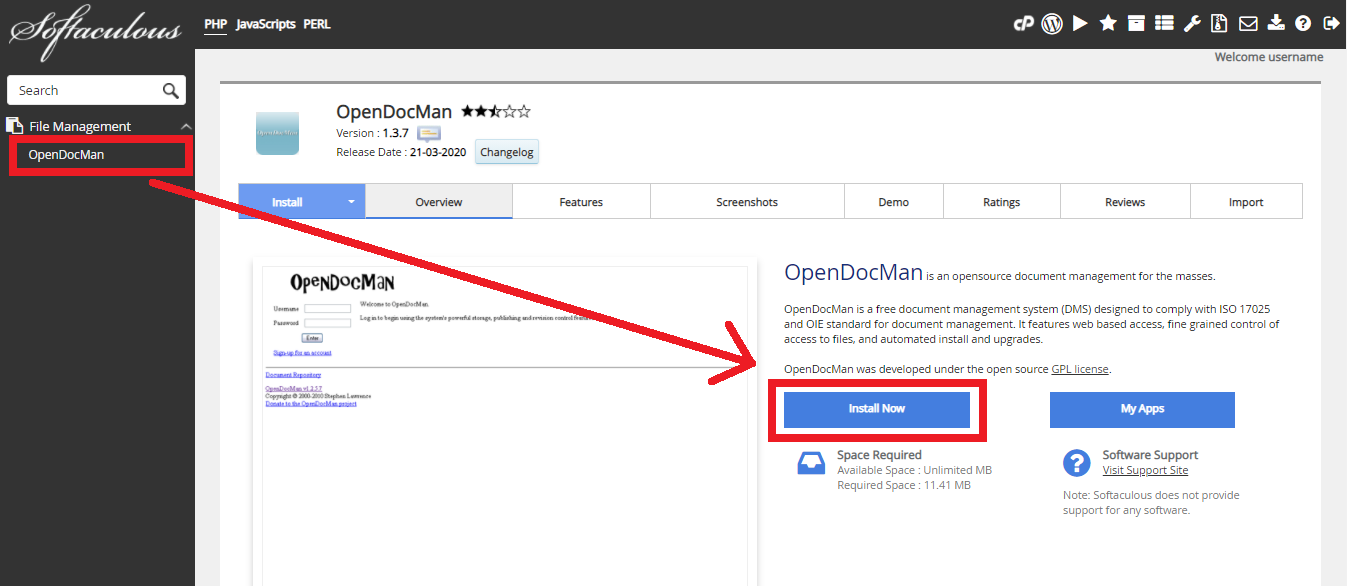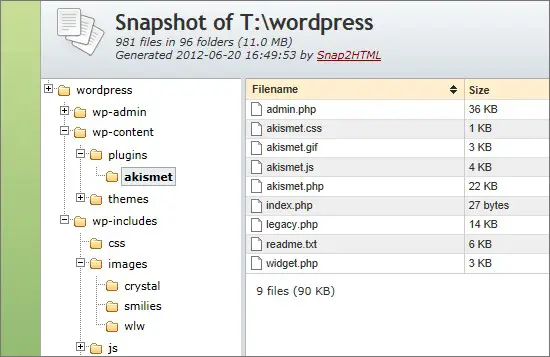

Furthermore, the settings can also be saved to a custom location, so that you can use them at a later date. Once all these configurations have been set up, you can copy the resulted list to the Clipboard, as well as save it to the hard drive, in a TXT, CSV, GIF, JPG, BMP or HTM format. Moreover, you can customize aspects regarding appearances, such as data order, group lists and delimiters. To be more accurate, you can append name, format, Windows file type, size, created date, attribute (hidden or read-only) associated apps, path and checksums. You should know that you can choose which types of details should be inserted in your list with the help of checkboxes. All containing items are going to be displayed in the main window along with name, format, type, size, and last accessed date and time. It is possible to upload directories with the help of a file browser, as well as the “drag and drop” function. Configuring settings, generating lists and saving both items to HDD It is important to also keep in mind that by moving the program files to an external data device, you make it possible to run Filelist Creator on any machine you have been granted access to, with just a click of the button. Aside from that, it is not going to add new items to the Windows registry or the hard drive, as installers usually do, and it is not going to leave any traces behind after its removal. Surprisingly enough, this utility is portable, which means that you are not required to go through the installation process anymore. You can then open the new file in whatever application you’d like.Filelist Creator is a software tool that was specifically built in order to aid individuals in generating lists, based on the contents of a specified folder.

Consider it a reversal of the usual Mac workflow: Instead of creating a new file within an application and, when you save it, navigating to the folder where you want to store it, you’re creating the file where you want it first. Supply one then click Continue your new file should appear.Īt least one Hints reader wondered why, exactly, you’d want to do this in the first place. A dialog should appear requesting a filename.

Control-click on an existing file within that folder and select Create New File from the Services submenu. To test it, in the Finder go to the folder where you want to create a new file. Save the service and give it a name (Create New File or whatever else you like). (This will allow you to specify the names of new files.) Click the New Text File’s Options button and select Show This Action When the Workflow Runs. Drag the variable you just created (CurrentFolder) from the Variable panel at the bottom of the Automator window to the Where section of the New Text File action. Follow that with the New Text File action (from the Text section of the Actions library).


 0 kommentar(er)
0 kommentar(er)
